Koganei City, Tokyo東京都小金井市
Living in Koganei City, Tokyo
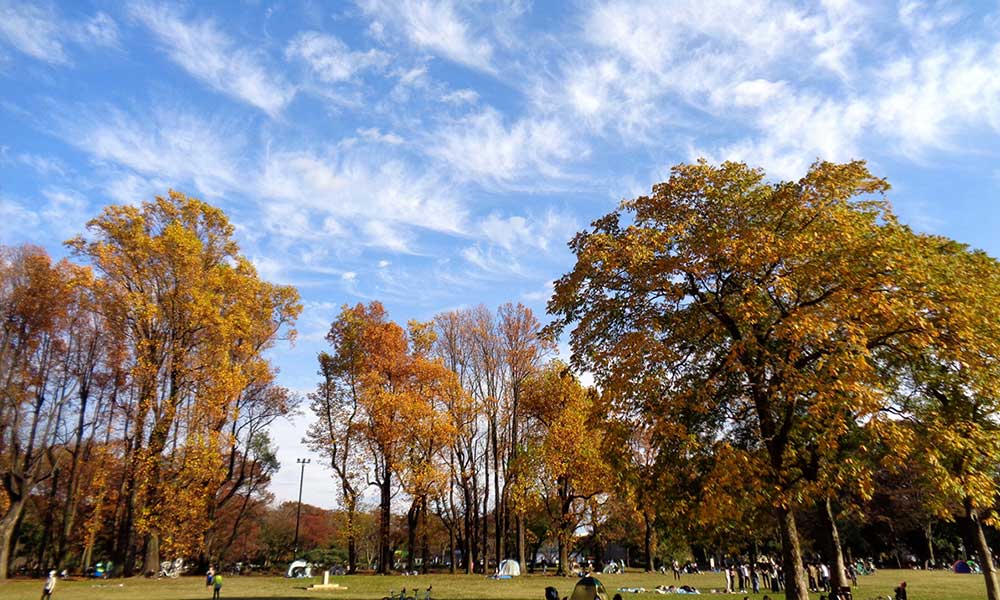
We have Summarized the livability of Koganei City, Tokyo.
KITATAMA AREA北多摩地域
-
- TACHIKAWA CITY 立川市
-
- NISHITOKYO CITY 西東京市
-
- MUSASHINO CITY 武蔵野市
-
- HIGASHIKURUME CITY 東久留米市
-
- MITAKA CITY 三鷹市
-
- CHOUFU CITY 調布市
-
- KOMAE CITY 狛江市
-
- KIYOSE CITY 清瀬市
-
- HIGASHIMURAYAMA CITY 東村山市
-
- KODAIRA CITY 小平市
-
- KOGANEI CITY 小金井市
-
- FUCHUU CITY 府中市
-
- KOKUBUNJI CITY 国分寺市
-
- KUNITACHI CITY 国立市
-
- HIGASHIYAMATO CITY 東大和市
-
- MUSASHIMURAYAMA CITY 武蔵村山市
-
- AKISHIMA CITY 昭島市
CONTENTS
- What kind of place is Koganei City, Tokyo?
- Koganei CityPR video
- How is the traffic situation in Koganei City?
- How are the rent and land prices in Koganei City?
- How is childcare and education in Koganei City?
- How about shopping in Koganei City?
- How about jobs and recruitment in Koganei City?
- Koganei City’s unique subsidy/subsidy system
What kind of place is Koganei City, Tokyo?
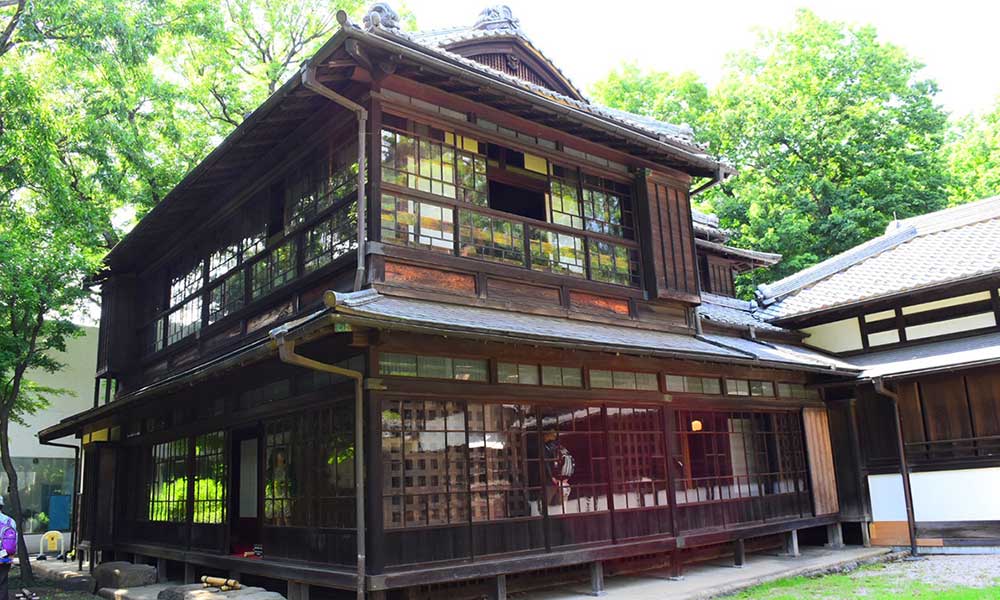
Koganei City: an attractive city with a natural environment, culture, and universities
Koganei City is located in the center of Tokyo and has an area of approximately 11.3 square kilometers.
It borders Kodaira City and Nishitokyo City to the north, Musashino City to the east, Mitaka City and Fuchu City to the south, and Kunitachi City to the west.
It has a population of approximately 124,000 and approximately 63,000 households. (As of June 2023)
There are two theories about the origin of the name Koganei: one is that it was named after the Kanai clan, who once owned this area, because “abundant water worth gold flows from the well.”
Koganei City has a mostly flat topography and residential areas spread throughout the entire area. As the name suggests, it has long been a place of abundant water, and even today there are several places where groundwater springs up, and it has been selected as one of Tokyo’s famous springs.
The history of Koganei City began in the Edo Period when the Tamagawa Aqueduct was constructed, which improved poorly drained land and stimulated new rice field development. As a result, settlements in the surrounding area rapidly increased.
During the Meiji Period, in 1889, seven villages, including Koganei Village, were united to form the new Koganei Village.
After overcoming the wartime Showa Period, housing development and infrastructure improvement progressed after the war, and the population increased as a residential area.
In 1958, Koganei City was incorporated as a city.
Today, Koganei City is relatively close to the city center and has a quiet environment with residential areas, so it is developing as a commuter town for the city.
The center of the city is around JR Musashi-Koganei Station, an area bustling with commercial facilities, private shops, and restaurants.
It is also known for having many educational institutions such as universities, and is a famous educational district.
Koganei City also has many tourist attractions.
Edo-Tokyo Open Air Architectural Museum is a branch of the Edo-Tokyo Museum in Tokyo, and is located in a corner of Koganei Park, a 15-minute walk from Hana-Koganei Station on the Seibu Shinjuku Line. It is a rare museum that exhibits about 20 historical buildings of high cultural value outdoors.
One of the most popular buildings is Kodakara-yu, which was the model for the Ghibli film Spirited Away. The city has a strong connection with Studio Ghibli, as the production company is located in the city, and the museum’s symbolic character, Edomaru, was designed by director Hayao Miyazaki.
In addition, you can see precious buildings from the Edo period to the early Showa period, making it a facility that can be enjoyed by children and adults alike.
In addition, Koganei Park itself is a metropolitan park located on a vast site, and is known as a famous cherry blossom spot with 1,800 cherry trees blooming in spring. It has been selected as one of the 100 best cherry blossom spots in Japan, and is a tourist attraction that attracts many visitors every year.
The Hakenomori Art Museum is an art museum that mainly exhibits works by Kenichi Nakamura, a representative Japanese Western-style painter. In the garden inside the museum, you can view the spring water flowing from the cliff called “Hakenokoji” and take a stroll freely, making it a popular spot as a walking course.
PR video of Koganei City, Tokyo
Koganei City 60th Anniversary Promotional Video
Koganei Happiness Plan Promotional Video
How is the traffic situation in Koganei City?
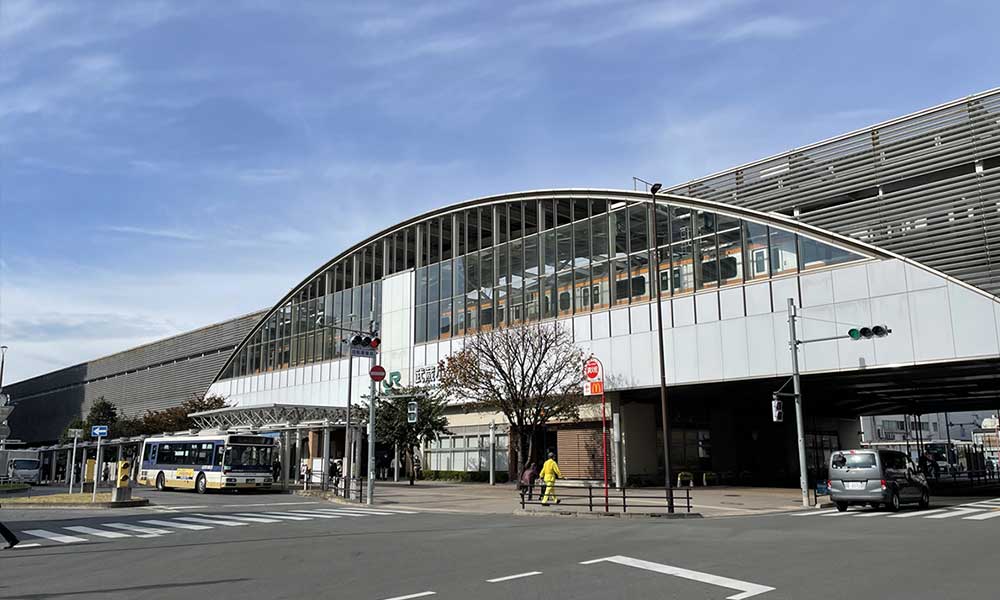
Koganei City is well-equipped with train and bus services, and offers easy access to the city center.
There are two train lines and three stations in Koganei City. It takes about 37 minutes to get from Higashi-Koganei Station to Tokyo Station and about 23 minutes to Shinjuku Station.
| Musashikoganei Station | JR Chuo Line |
| Higashi-Koganei Station | JR Chuo Line |
| Shin-Koganei Station | Seibu Tamagawa Line |
Koganei city bus routes include Keio Dentetsu Bus, Seibu Bus, Odakyu Bus, and Kanto Bus.
You can also use the Koganei City Community Bus “CoCo Bus,” which runs between the city’s major facilities at a relatively low price.
There are no expressways or national highways that can be accessed from the city.
The JR Chuo Line is convenient for commuting to work or school as it can take you to Shinjuku and Tokyo Station in a short amount of time.
There are only three train stations in the city, and some areas are far from the stations and have a lack of bus services.
How are the rent and land prices in Koganei City?
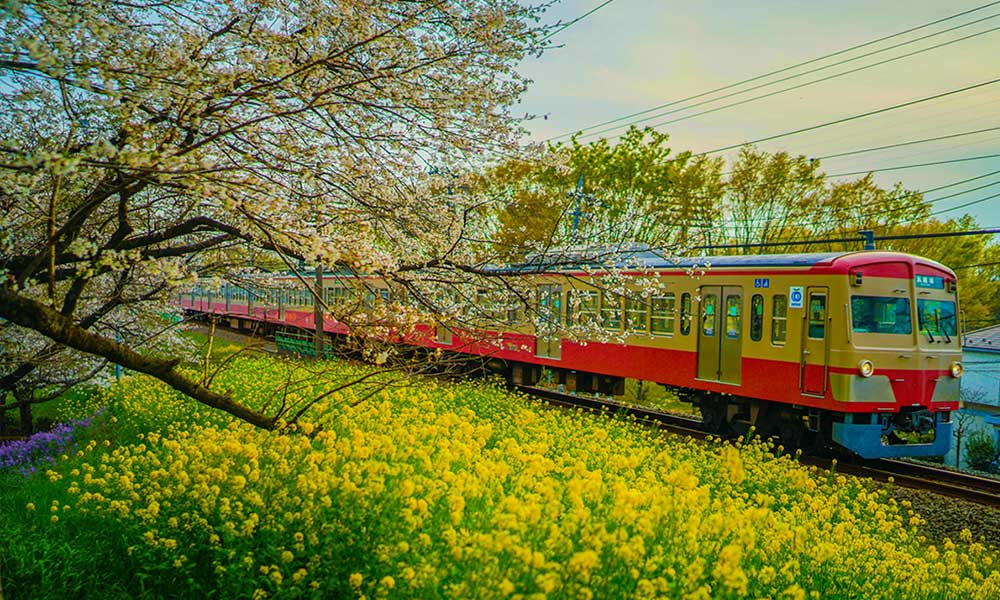
Koganei City is a quiet residential area close to nature and a pleasant place to live.
According to information from a real estate information website, the average rent in the ward for a newly built apartment within a 10-minute walk from the station is about 94,000 yen for a 1K and 180,000 yen for a 2LDK.
The average land price is about 1.4 million yen per tsubo.
The average price of a newly built apartment is 74.55 million yen, the average area is 69.16 m2, and the average price per tsubo is 3.564 million yen per tsubo. (As of 2018-2022)
Koganei City is a commuter town with residential areas spread throughout the city. The area around the station has a calm atmosphere despite the presence of commercial facilities, and beyond that is a quiet residential area with a large park and other facilities, making it a well-developed living environment rich in nature.
Rent and housing prices are generally relatively reasonable compared to the city center.
However, prices have been rising due to increased demand in recent years, so care should be taken when choosing a property.
Although it is close to the city center and an area rich in nature, rent and land prices are lower than in the surrounding areas.
Land prices have risen sharply in recent years, especially in areas around train stations.
How is childcare and education in Koganei City?
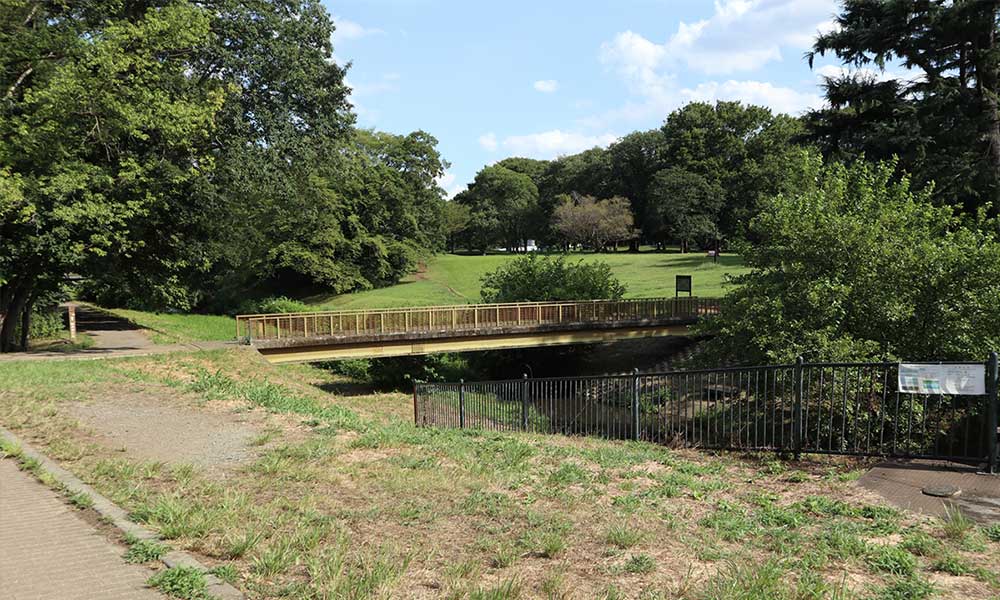
Koganei City: A city with a wide range of educational institutions and parks, and generous support for raising children
Koganei City has 18 nurseries, 6 kindergartens, 10 elementary schools, 9 junior high schools, 6 high schools, 4 junior colleges/universities, and 2 vocational schools.
Children’s medical expenses subsidies are available for both outpatient and inpatient care under the Infant Medical Expense Subsidy System (Marunyuu) (until the first March 31st after reaching age 6) and cover the full cost of the subsidy. Children between the ages of 7 and 18 covered by the “Compulsory Education Children’s Medical Expense Subsidy System (Maruko)” and “High School Student, etc. Medical Expense Subsidy System (Maru Ao)” (until March 31st after they reach the age of 18) are eligible for a subsidy of up to 200 yen per visit from the self-pay amount for insured medical treatment, and are eligible for full subsidies for prescriptions, hospitalization, and home care visits.
Child allowances are provided in the following amounts: 15,000 yen for children under 3 years old, 10,000 yen for the first and second child aged 3 or older but not yet entering elementary school, 15,000 yen for the third child and onwards, and 10,000 yen for junior high school students.
Koganei City also has its own unique support system.
In the “Childbirth and Childrearing Support Project,” public health nurses and other specialized staff members interview pregnant women and provide advice on childbirth and childrearing.
After the interview, pregnant women will receive a childbirth support gift worth 50,000 yen, and those who receive a newborn visit after giving birth will receive a childrearing support gift worth 50,000 yen.
The “Mother and Child Services” offer a variety of support services for first-time parents, including the “Pre-Mum and Pre-Dad Support Services,” where parents can observe baby classes and receive child-rearing consultations, “Parents’ Classes,” where midwives and other specialized staff can teach you how to bathe a baby, and the “Koganei-kko Health Navi,” a website where you can access and manage information about vaccinations and health checkups.
Koganei City has set up “childcare plazas” where infants and their guardians can play freely and interact with families of the same age. There are multiple facilities at each children’s center, dedicated facilities, a corner of a nursery school in the city, and after-school childcare centers, and anyone with small children can use them free of charge.
The “Adventure Playground (Play Park) Project provides a place where children can experience interacting with nature and interacting with people of various ages at two playgrounds in the city. Fun events and activities are held from 10:00 am to 2:00 pm for infants and their guardians, and from 2:00 pm to 5:00 pm for elementary school to high school students.
The After School Children’s Classes utilize the school grounds and classrooms of elementary schools in the city after school hours, with programs for each school district, such as dance and crafts, providing an environment where children can have many experiences and learn.
There are many educational institutions such as universities where you can receive a quality education.
There are many education-conscious households, and education costs tend to be relatively high.
How about shopping in Koganei City?
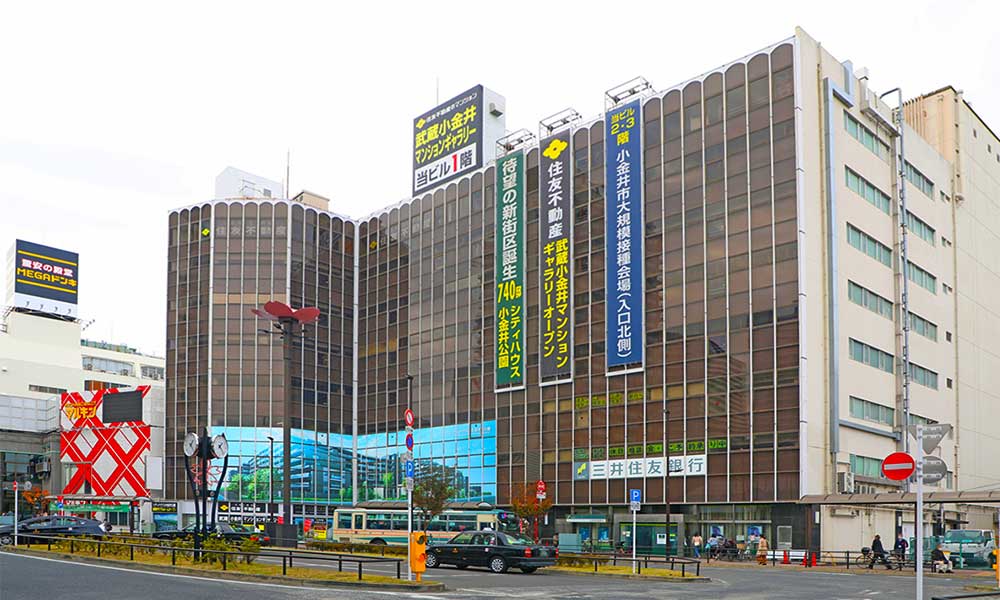
Koganei City is a city with an abundance of commercial facilities and a variety of shopping areas.
Koganei City has many commercial facilities centered around Musashi-Koganei Station.
“nonowa Musashi-Koganei” is a facility directly connected to JR Chuo Line “Musashi-Koganei Station”, and inside the beautiful store are restaurants, souvenir shops, a nursery school, a nail salon, and more. It is a popular facility that is always crowded with stylish cafes.
“nonowa Higashi-Koganei” is located directly connected to JR Chuo Line “Higashi-Koganei Station”. It is a relatively new facility with a stylish and beautiful interior, and it has restaurants, miscellaneous goods, cafes, and more. On holidays, events are held and it is crowded with many customers.
“Socola Musashikoganei Cross” is a new shopping facility that just opened in 2020. It is located right at the south exit of JR Musashikoganei Station and is a facility that houses a variety of stores such as groceries, general goods, and hospitals.
“Koganei Farmers Market” is a popular place to purchase locally grown agricultural products. It is located in an easily accessible location, just a 6-minute walk from JR Musashikoganei Station, and is a popular facility that has the advantage of being able to get freshly picked vegetables right away.
There are also about 13 supermarkets in the city, including Ito Yokado and Inageya, so you will have no trouble purchasing daily necessities.
The area around Musashi-Koganei Station has been redeveloped with new shops opening, so we can expect further development in the future.
If you look around the station, you will see that there are not many shops and depending on the area, shopping may be inconvenient.
How about jobs and recruitment in Koganei City?
Koganei City: a city with diverse industries and convenient access to the city center
The average annual salary in Koganei City is 4.51 million yen.
As the city is entirely residential, there are not many general companies or factories, and retail and service industries are the core industries, so you can expect to find jobs in these areas.
The city is also famous as one of the leading educational districts in Tokyo, so there are a certain number of education-related jobs.
There are commercial facilities and restaurants mainly around the station, so it is easy to find jobs in the service industry.
The city is mostly residential with no office districts, so it is more realistic to live in the area and commute to a big city like Shinjuku.
Koganei City, Tokyo’s unique subsidy/subsidy system
Koganei City, Tokyo’s unique housing assistance and subsidy system
Koganei City, Tokyo’s unique childcare support system
Koganei City, Tokyo’s unique system for further education and tuition assistance/subsidies
| School support Scholarship Program Loan Program to Support Exam Takers |


















